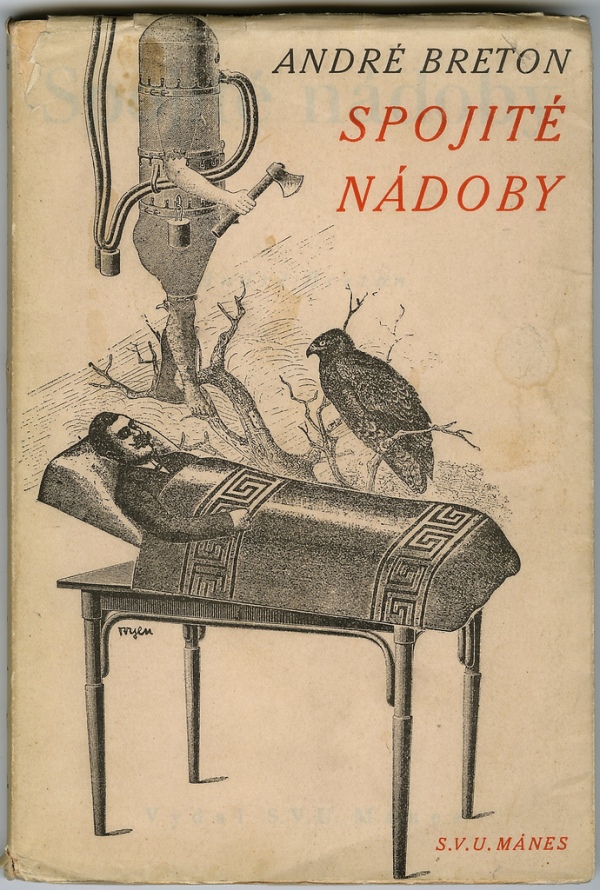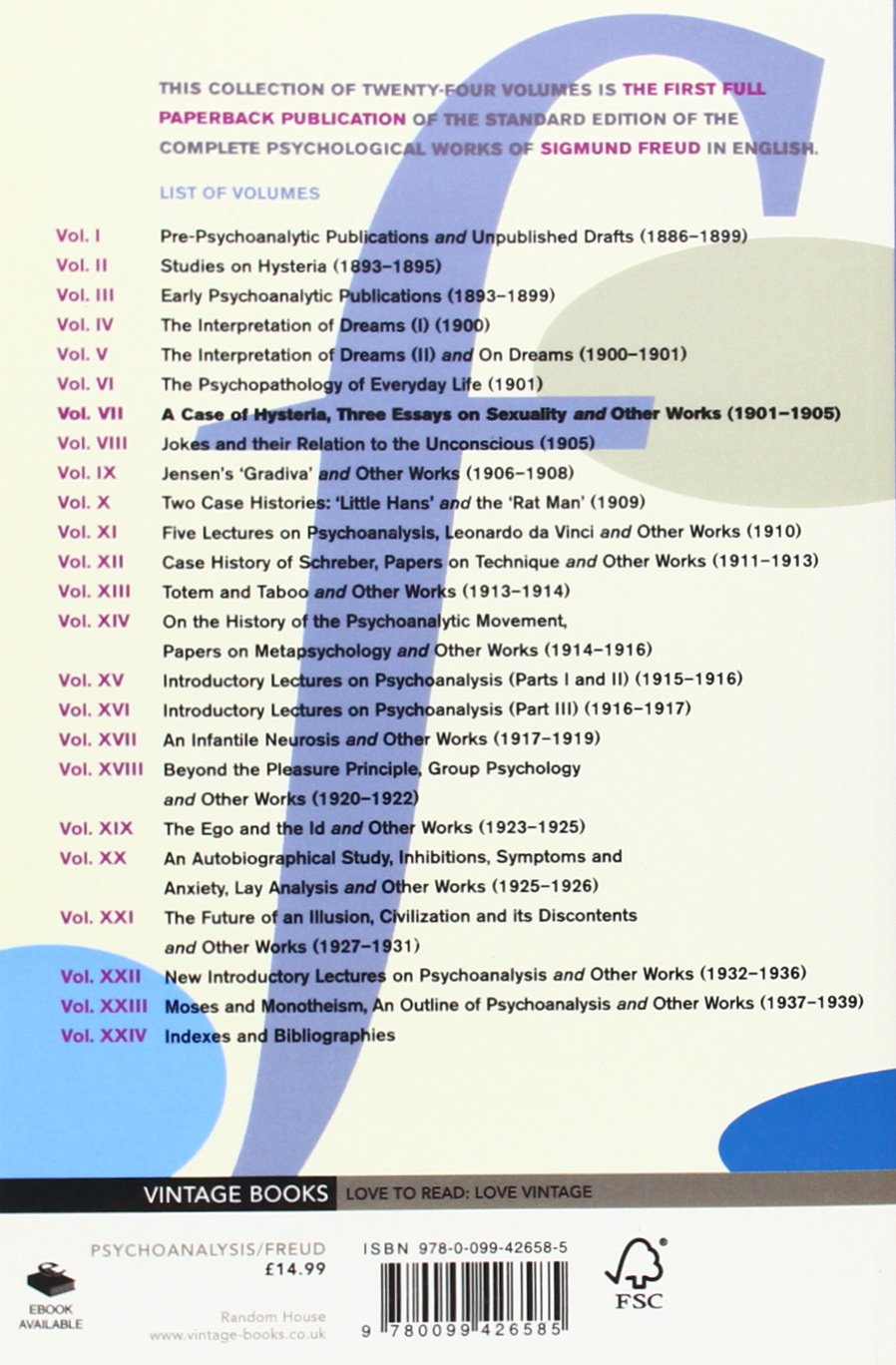Freud The Uncanny Pdf
(1919) SIGMUND FREUD I It is only rarely that a psychoanalyst feels impelled to investigate the subject of aesthetics even when aesthetics is understood to mean not. Speed hack para cabal extreme. Sigmund Freud - 'The Uncanny' 1919. 'The Uncanny' 1919. The 'Uncanny' is a Freudian concept of an instant where something that is familiar to us becomes foreign and frightening. It is a class of terrifying that leads back to something once known to us.
Having just finished around half of Sigmund Freud’s essay on the uncanny or das u nheimliche, I am left with more questions than answers; however, I completely concur with most of what Freud has stated about the Uncanny. For starters the uncanny is formally defined by Freud as: ” the class of terrifying which leads back to something long known to us, once very familiar”(Freud).
However, as Freud points out in his essay, the uncanny is much better explained by examples. The uncanny is the feeling of deja vu, of thinking of somebody and then seeing them, of seeing a doll that resembles somebody you know. It is not easily definable, and can be traced back to several different common themes (Freud).
For starters Freud chooses to examine the word heimlich, and the opposite of heimlich, unheimlich, other known as the uncanny. Heimlich, defined by one definition in Freud’s Essay, is said to be: “belonging to the house, not strange, familiar tame, intimate, comfortable, homely friendly intimate homelike”(Freud).
Another aspect to Heimlich, however, is quite a bit more sinister: “Heimlich in a different sense, as withdrawn from knowledge unconcious.also has the meaning of that which his obscure inaccessible to knowledge.” Freud, however, points out that unheimlich is meant to be an inversion of the first definition and not the second. Now this is where it gets tricky. If unheimliche is the opposite of heimliche, then the uncanny should be unfamiliar, strange, distant, unfriendly, hostile. However, this is not the case. The uncanny more than often is familiar, is intimate, but at the same time is hostile and strange. Therefore, unheimliche, despite its name, is “in some way or other a sub-species of heimlich(Freud).



A great example of this is shown later in his essay where he tells of a story relatable to many of us: “In the story ‘The Ring of Polycrates,’ the guest turn away from his friend with horror because he sees that his every wish is at once fulfilled, his every care immediately removed by kindly fate”(Freud). This very simple idea of things going too well is often uncanny. That day where you hit all the lights and make it to work or school in record time; it almost seems to good to be true. This simple example of the uncanny, proves that unheimlich is not the antithesis of heimlich, as things going well is homely, comfortable, and intimate, all characteristics of heimlich. This leads me to believe, at its simplest form,the unheimlich must retain some of its characteristics with the heimlich but completely defy others. In this example the feeling of everything going right was unfamiliar, “too good to be true;” however it still retained the feelings of the heimliche.
Modernism/modernity
Much much much more to come on this essay, as I feel I have only scratched the surface and am struggling to write my responses to Freud’s more elaborate ideas in a concise and understandable way. Will probably write later tonight.